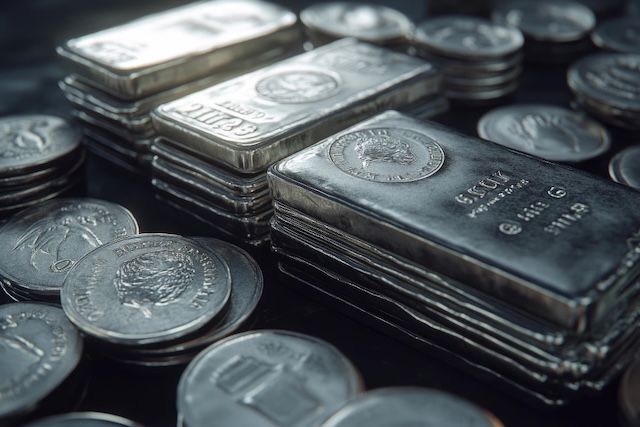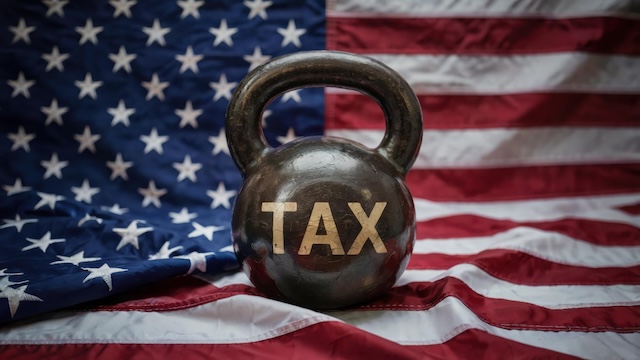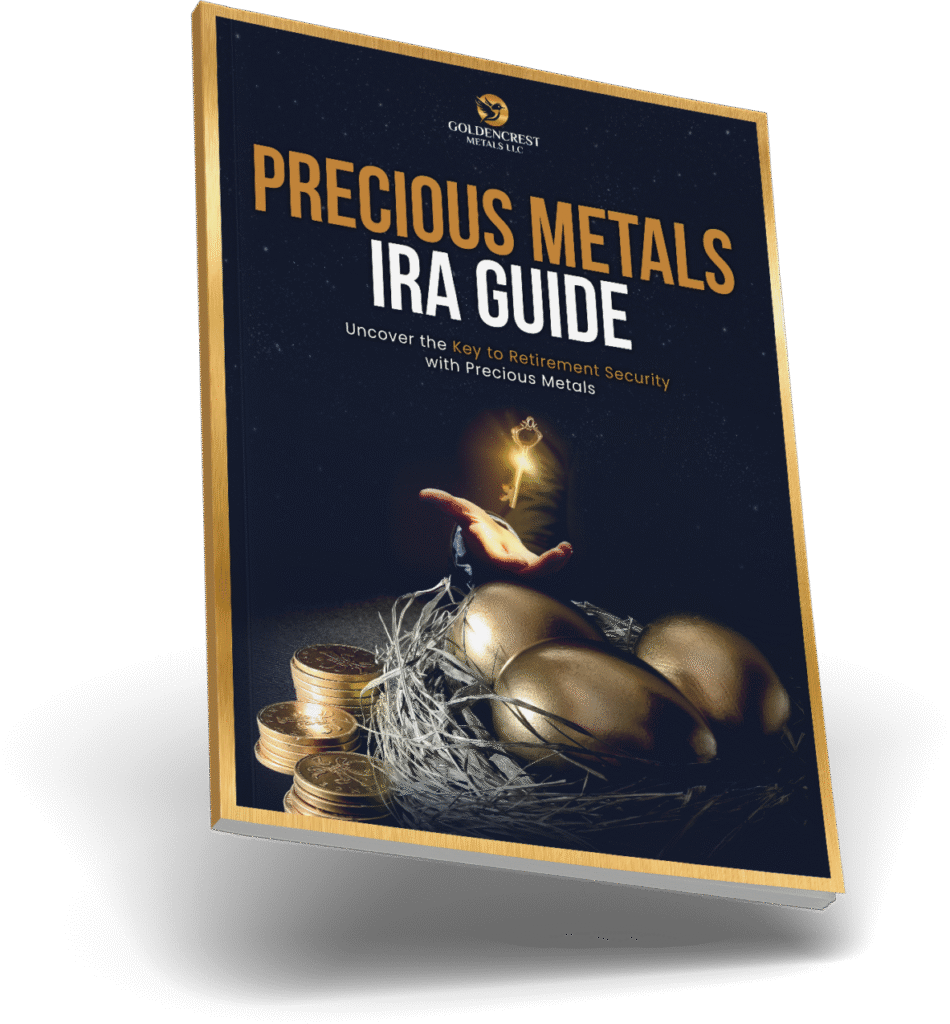As the U.S. economy faces growing uncertainty, Jamie Dimon, long-time CEO of JPMorgan Chase, has issued another warning: the so-called “soft landing” may be slipping out of reach.
Speaking at a Morgan Stanley conference this week, Dimon said, “I think there’s a chance real numbers will deteriorate soon,” referring to key economic indicators like employment, inflation, and credit market stability. His tone, while not overtly pessimistic, carried the same caution he’s known for—especially when macroeconomic signals begin flashing yellow.
For investors, it raises a familiar question: How do you protect wealth in times of economic contraction and market volatility?
Growth Weakens While Risks Accumulate
The U.S. economy has remained resilient on the surface—job growth and consumer spending have stayed positive throughout much of 2025. However, recent data from May shows a cooling labor market and a slowdown in inflation. Combine that with geopolitical tensions, ongoing trade uncertainty, and weakening consumer confidence, and the near-term economic picture becomes harder to ignore.
Dimon noted that “employment will come down a little bit. Inflation will go up a little bit.” He also highlighted a less discussed but important macro force: declining immigration rates, which can reduce both workforce participation and consumer demand over time.
The Quiet Risk in Private Credit
One of Dimon’s more pointed warnings was directed at the private credit markets—a sector that has grown rapidly over the last five years as banks and institutional investors sought higher returns outside of traditional lending. While banks often offload these deals from their books, investors remain exposed.
“Do I think that now is a good time to buy credit if I was a fund manager? No,” Dimon said bluntly.
For long-term investors, the message is clear: risk is not isolated to equities. Even income-focused vehicles like private credit can present significant downside if the economy falters.
Why Precious Metals Are Back in Focus
In the face of these macro concerns, many seasoned investors are once again turning to a time-tested hedge: precious metals.
-
Gold remains a global standard for wealth preservation during recessions and inflationary spikes.
-
Silver, often undervalued relative to gold, provides both industrial demand and monetary value.
-
In times of credit tightening, precious metals are one of the few non-correlated assets that don’t depend on corporate earnings or consumer confidence to hold value.
Unlike stocks or credit-based assets, gold and silver have no counterparty risk—making them an ideal tool for diversification when systemic instability rises.
Diversifying for the Long Term
While markets may not be in freefall, the momentum has shifted. As Dimon noted, even if the downturn is mild, asset prices across traditional portfolios may still suffer. That’s why a growing number of investors are revisiting their allocation to physical precious metals, especially through tax-advantaged accounts like a Gold IRA.
With interest rates peaking, inflation still lingering, and a soft landing far from guaranteed, this could be a prudent time to rebalance your retirement portfolio with tangible assets that historically perform well in periods of economic stress.
Speak With a Precious Metals Specialist Today
If you’re wondering how gold or silver can help protect your retirement savings, we invite you to speak with a GoldenCrest Metals Specialist today. Our team can walk you through the process of rolling over part of your IRA or 401(k) into physical precious metals, giving you both diversification and stability when the markets can’t promise either.
Your future deserves a foundation as solid as gold.
Contact GoldenCrest Metals to learn more.
Source:
https://www.cnbc.com/2025/06/11/jpmorgans-jamie-dimon-warns-us-economy-could-soon-deteriorate.html






